MEAN Stack and Startups: Are they Made for Each Other?
Of all the web stacks, the MEAN stack is considered one of the best frameworks to use. Read on to learn more about this web stack.
Join the DZone community and get the full member experience.
Join For FreeThe MEANing of the MEAN Stack
The MEAN stack is an assortment of various technologies — MongoDB, Express.js, Angular, and Node.js — bound together by a single, dynamic programming language, JavaScript, for building a robust web application. From client to server to database, MEAN is used for full-stack JavaScript development.
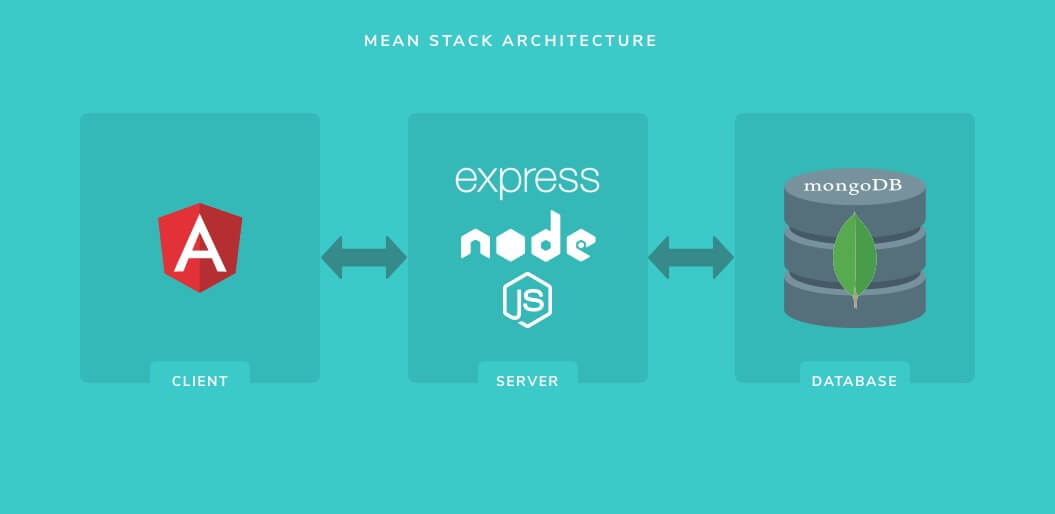
Netflix switched from Java on the server-side and JavaScript on the client-side side to Node.js because they had to write everything twice for error handling, activity tracking, and debugging. As Node.js acts as a common language for both the server-side and client-side, it brought down the startup time to under a minute from 40+ minutes.
Used and accepted by organizations like Paypal, Netflix, and NASA, the MEAN stack has penetrated deep into the web application development world because of the following benefits:
Speed
The event-driven architecture of Node.js in the MEAN stack allows for many concurrent requests with less slowdown, making it fast compared to its competitors.
PayPal revealed that an app built with Node.js as a platform took half the time to respond and needed 33 percent fewer lines of code to construct than a Java app.
Based on asynchronous programming, Node.js makes I/O processes such as network connections and database executions very fast. Built on Google's V8 JIT-compiled JavaScript engine, the JavaScript code gets compiled and executed into native machine code very quickly. Moreover, creating a web application rotating across a single language makes the development process swift, neat, and less cumbersome.
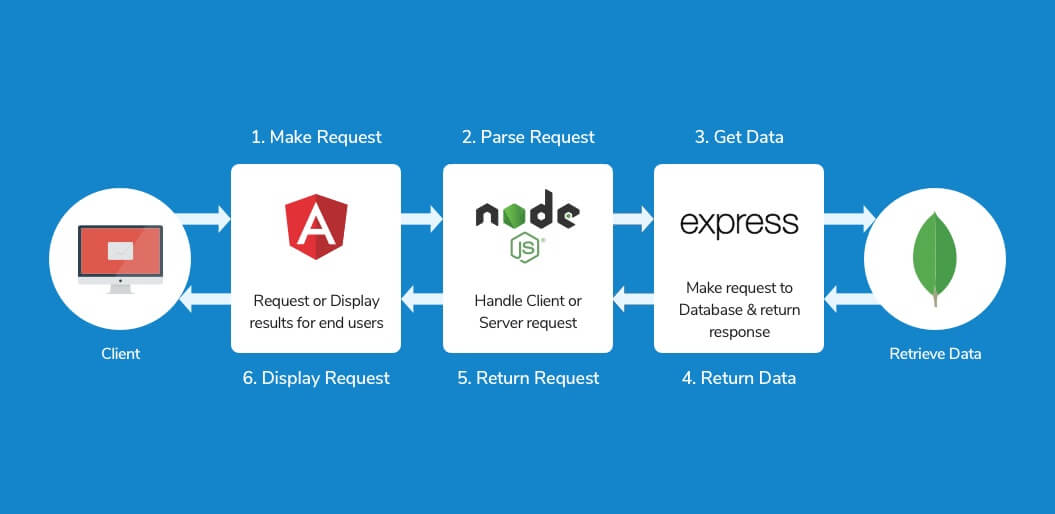
Isomorphic Code
As per the Stack Overflow annual survey, JavaScript is the most-used programming language, used by 62.5 percent of the respondents.
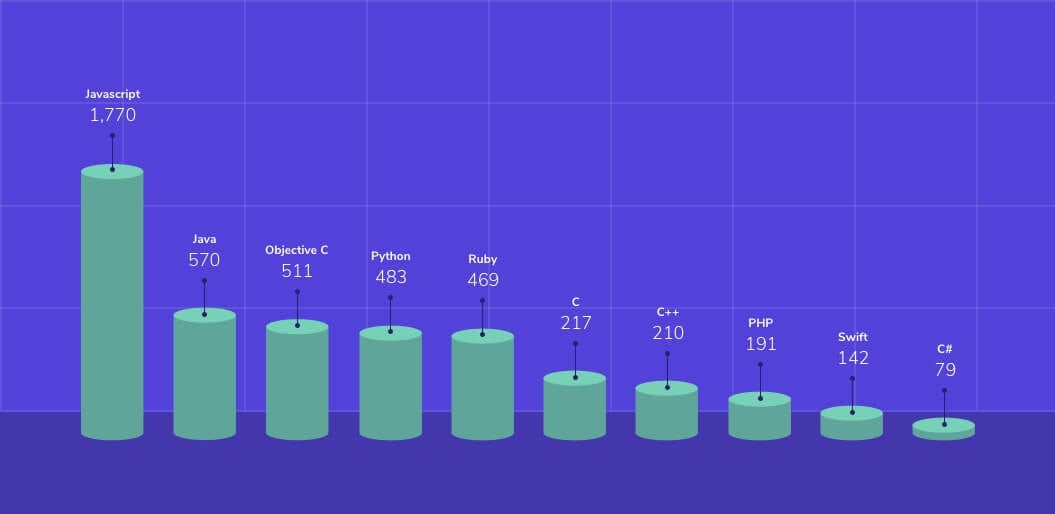
The MEAN stack allows for the use of isomorphic coding, i.e. transferring the code written in one specific framework to another. Being a common language for both the client-side and server-side, it becomes easy to understand the data flow through the components from the client to the server.
JavaScript does not require software of its own, all it needs is its own web browser for executing a web page or an application. Initially, a client-side web programming language, JavaScript manages all the components of the MEAN stack effectively.
Scalability
The capability of scaling accordingly is something that drives many developers towards choosing MEAN stack technology. With the MEAN stack, it becomes easy to scale all the layers of the front-end, backend, and database.
The features of MongoDB, like auto-sharding, replication, and high-availability, make it easy to scale without worrying about failover. However, the major loophole with MongoDB is that most solutions are not as strongly ACID-compliant (Atomic, Consistency, Isolation, Durability).
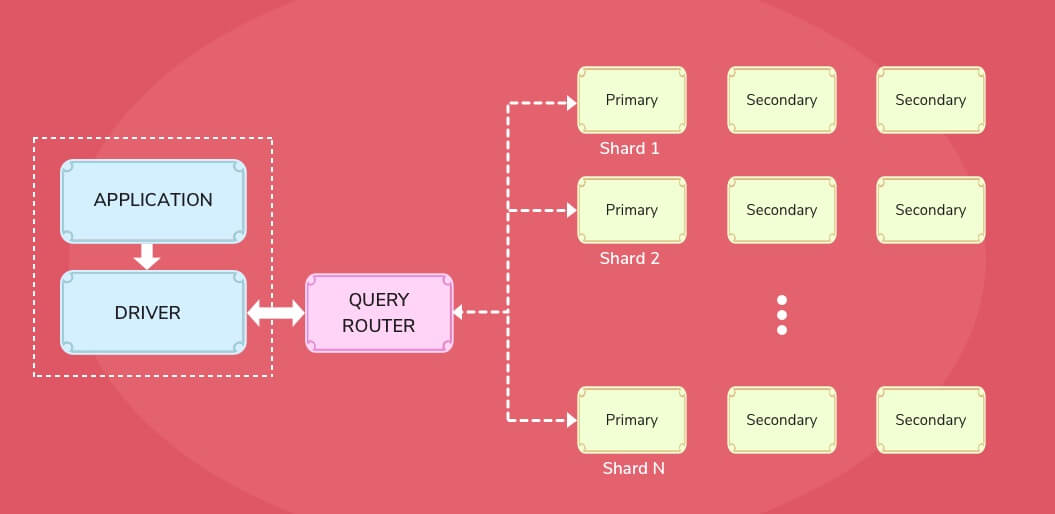
On the other hand, the single threaded asynchronous architecture of Node.js enhances the scalability and performance of applications. This is the reason that from a server-side perspective, developers choose to build their software stacks completely on Node.js. And startups aren't the only ones that benefit from this, as it is noticeable in several established brand examples.
Security
According to a survey by Juniper Research, cyber attacks are the biggest threat to the online businesses that will lead to annual financial losses from data breaches, with the threat of $2.1 trillion in losses by 2019. Hence, keeping your web application secure should be the foremost parameter while choosing a web stack.
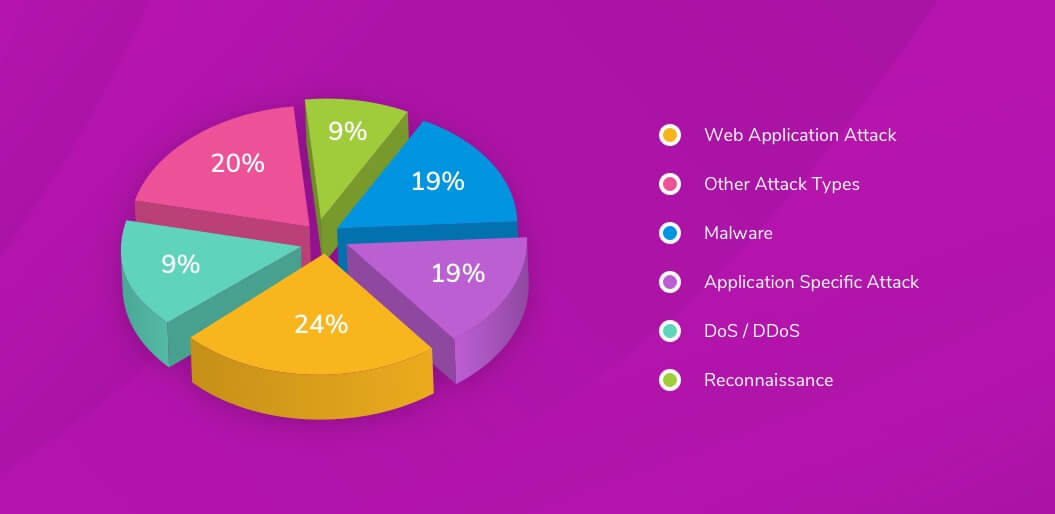
When it comes to security, the MEAN stack is a secure and stable platform. MongoDB, a non-relational database, is not prone to SQL injection as the data is stored as JSON objects and manipulated by SQL strings, which opens the way for robust database security. Being a NoSQL and document database, it becomes flexible to use in a myriad of applications. Hence, it becomes simplified, thus minimizing the usage of joins.
And when it comes to Node.js, its core contributors, and Node.js itself, maintain a variety of channels to address the security of the Node.js project and its users. Even in 2016, a Security Working Group was formed at Node.js Interactive in Austin, whose main aim was to define and maintain security policies and procedures for the core Node.js project and other projects maintained by the Node.js Foundation.
Architecture
As per a Stack Overflow study, about 37 percent of software engineers now apply AngularJS to create user interfaces, and its popularity can be perceived from the following Google Trend too.
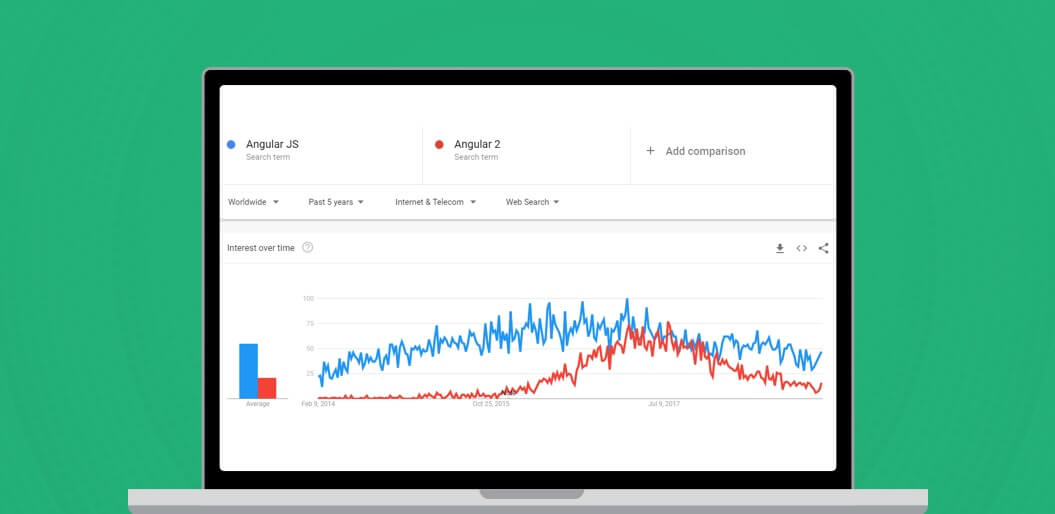
Built with a Model-View-Controller architecture, AngularJS leads to two-way data binding, thereby supporting rapid and parallel development. It implies that as the data in the Model changes, the same changes can be seen in the View too, thereby deleting the need for additional code to provide continual View and Model synchronization.
This process reduces the development time to three times. It is popular among startups because of its ability to smoothly make changes in the future for further enhancement.
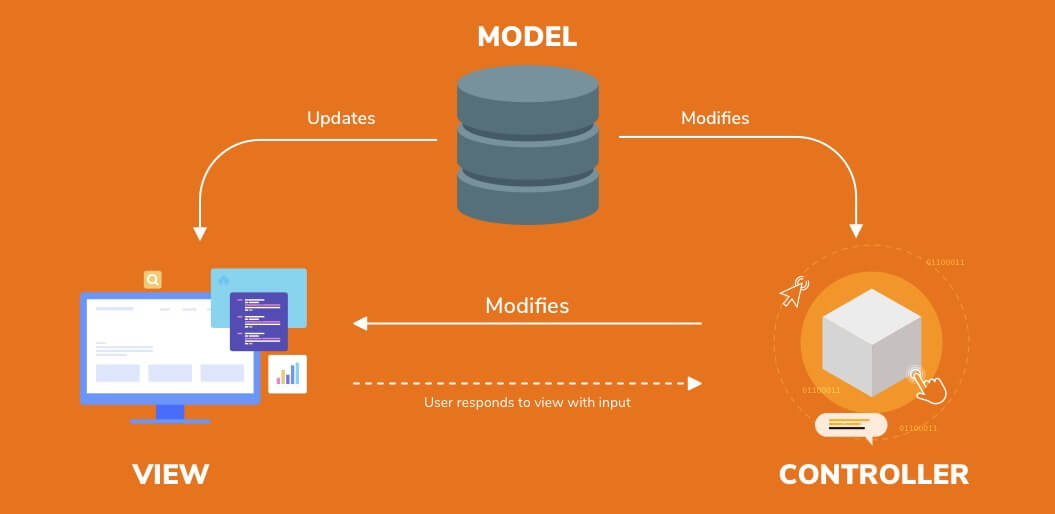
MEAN Stack: The Right Web Stack for Your Next Project
The most vital thing to consider when sketching a roadmap to build a top-notch web application is choosing a 'technology stack' upon which a web app will be based. The right web stack will be the key to the project's success, whereas choosing the wrong web development technologies may result in the project's failure.
The MEAN stack's popularity has grown among full-stack developers over the years. The solutions offered by the MEAN stack to startups come across as propitious because of its ability to connect with JavaScript and the ease of development and flexibility it offers.
Published at DZone with permission of Lalit Singla, DZone MVB. See the original article here.
Opinions expressed by DZone contributors are their own.

Comments